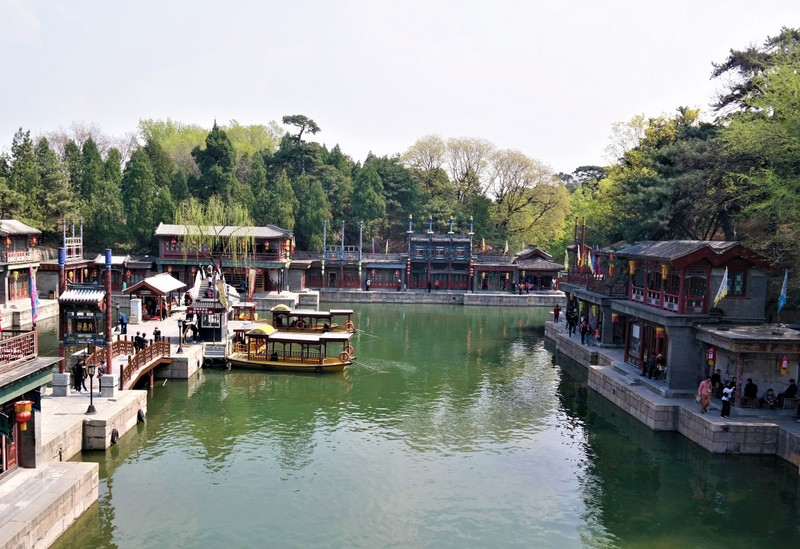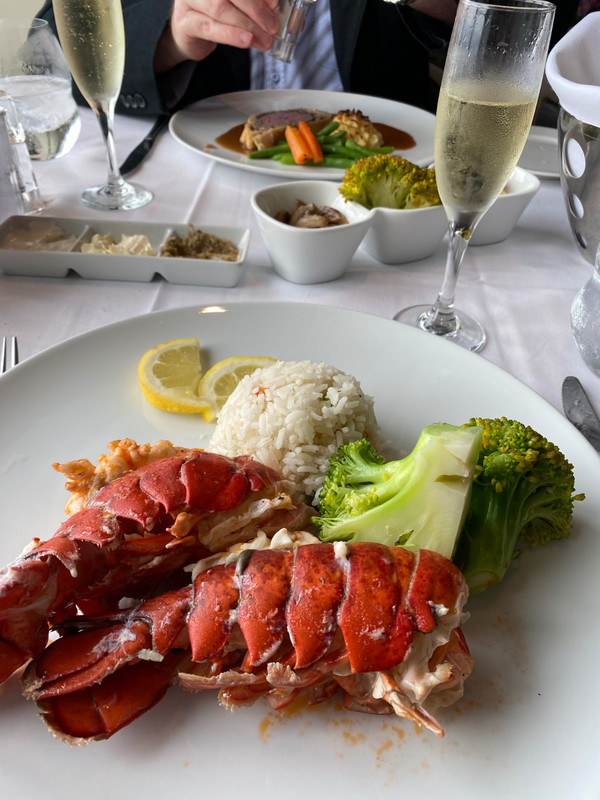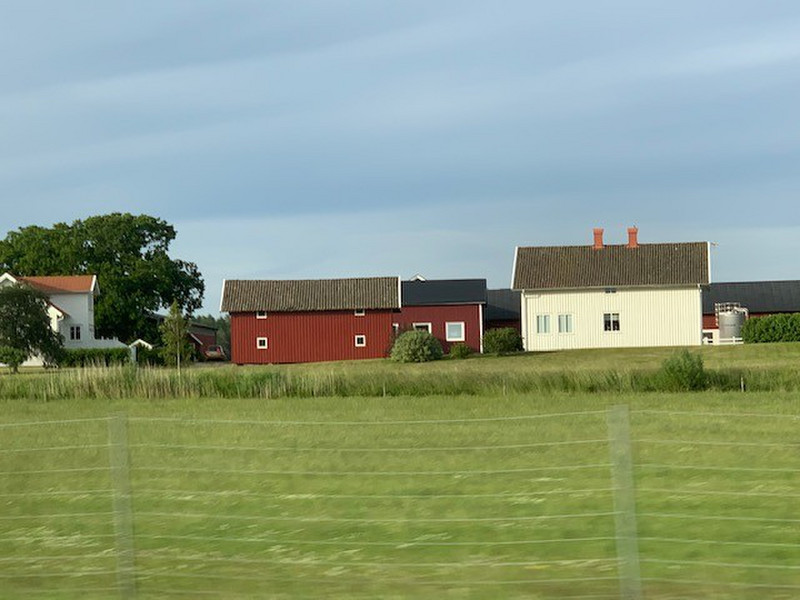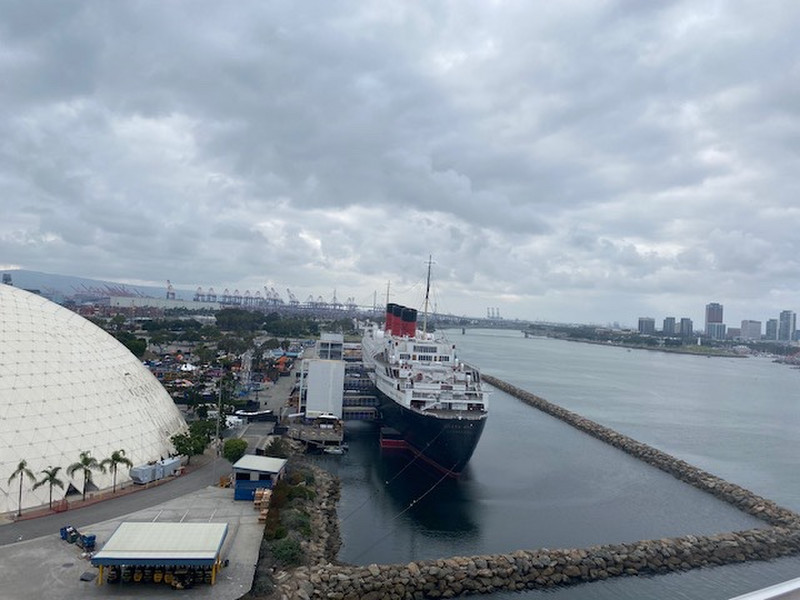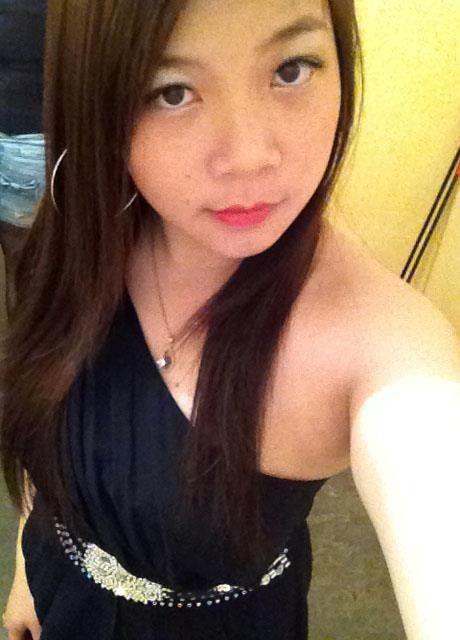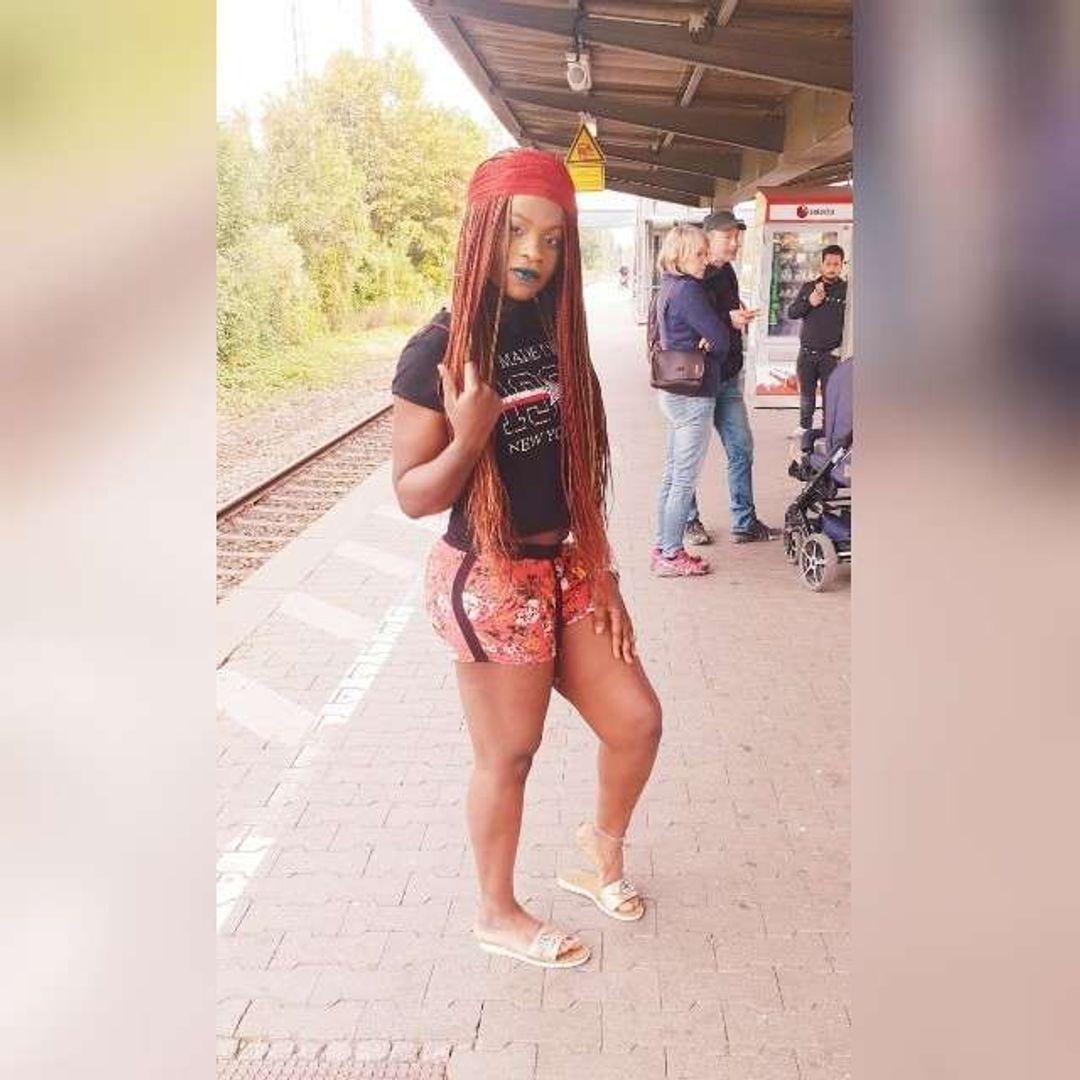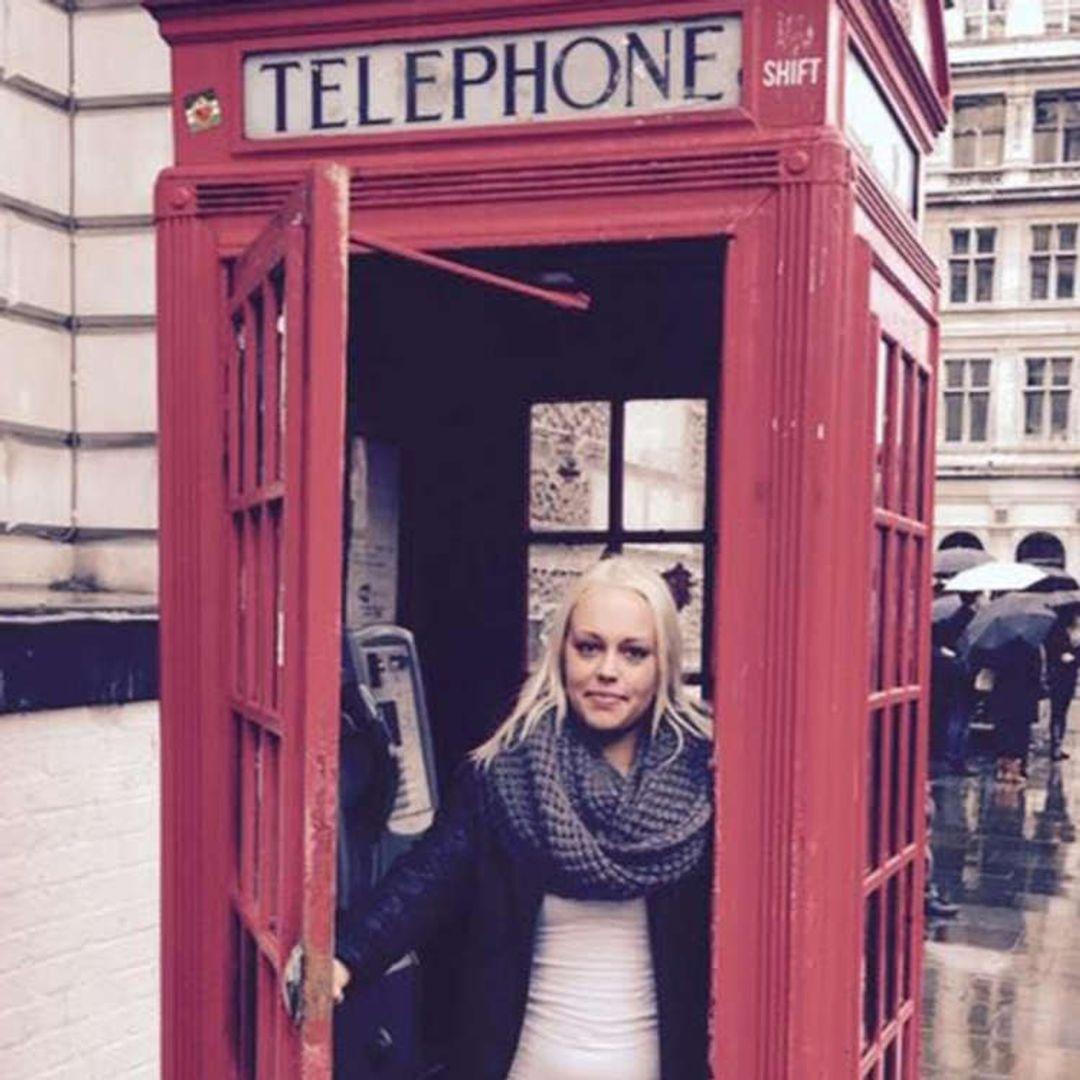When I first visited China many, many years ago, one of the places I really enjoyed in Beijing was the Summer Palace. It was definitely somewhere I wanted to revisit and finally the opportunity arose. I took the subway to Beigongmen Station. That was a bit of a novelty as when Id visited previously there had been no subway and wed been at the mercy of taxi drivers, who werent exactly legit. I headed out if the exit and there were no useful signs here, like there were at the Temple of Heaven, to tell you which way to go. You have to turn back on yourself and walk for about 5 minutes to get to the ticket office. There were several different options for tickets and I went for the through ticket which covered admission to the main grounds of the Summer Palace, Suzhou Street, the Garden of Harmony and Virtue, Wenchang Gallery, and the Tower of Buddhist Incense. Im pretty sure that this place was cash only, too, but I came prepared with cash so I wouldnt be caught off guard like I was at the Temple of Heaven.
see that there was no large map and explanation about the Summer Palace. It seemed you had to buy those, which I thought was a bit of a con. I soon came to the entrance to Suzhou Street, so headed down the rather steep steps to it. I couldnt remember this from my previous visit, I dont think we made it to this part of the Summer Palace. Suzhou Jie had been called Business Street and when it was built during the reign of Emperor Qianlong in the 18th century. It was built in the Southern China style and was where Emperors and Empresses pretended to go shopping as ordinary people. Quite a cute idea. It was destroyed by the forces in 1860. It wasnt restored until 1990. I really enjoyed my walk around Suzhou Jie, it did remind me of being in Southern China, but the waterway was a lot wider than the ones Id encountered in Suzhou. The waterway reminded me of one of the water towns I visited many, many moons ago. I wasnt interested in looking round the shops or eating at the restaurants, but just soaking in the view was really pleasant. The buildings
were pretty and I liked all the lanterns, flags, and banners that adorned them. There were also boats going up and down on the water, which added to the scene. When I walked to one end, I was surprised as the town just stopped and the surrounding area looked a lot more rural. I liked the contrast. The high arched bridges were gorgeous, too.
I headed back up the steep steps and came to Yinhui Chengguan (the gate Tower of the Dawn Light). This tower was one of the six main entrances to the Summer Palace during the reign of Emperor Qianlong. Once through the gate, there were a few different paths to take. I opted for one of the quieter paths that would take me on a rather circuitous route to the main part of the Summer Palace that looked quieter and had a few places of interest to visit on the way. I rally liked that the path was surrounded by small grass covered hills, it made it feel like I was no longer in the city. My walking took me to Huacheng Ge (Tower Overlooking Flowers) and Doubao Liuli Ta (Glazed Tiled Pagoda of Many Treasures).
The pagoda was very pretty and ornate, but I think there was some restoration work going on as it was out of bounds. I continued on and came to a rather unassuming looking entrance. This was the entrance to Xiequ Yuan (the Garden of Harmonious Interests) and was built in 1751. It was first known as Huishan Garden, but its name was changed when it was renovated in 1811. It is the best known example of a garden within a garden in China. I can see why, as I feel in love with the garden. It was really beautiful and peaceful, even though there were quite a few people there. This place just exuded calm and tranquillity. I loved walking around the edge of the pond taking in the different views of the pavilions, corridors and greenery. In the centre, there is Zhiyu Qiao (the Bridge of Knowing the Fish).
